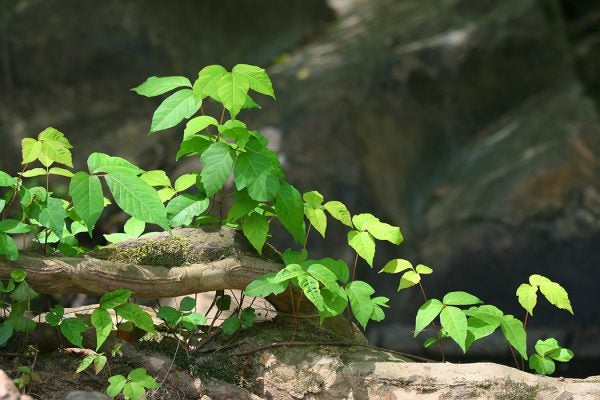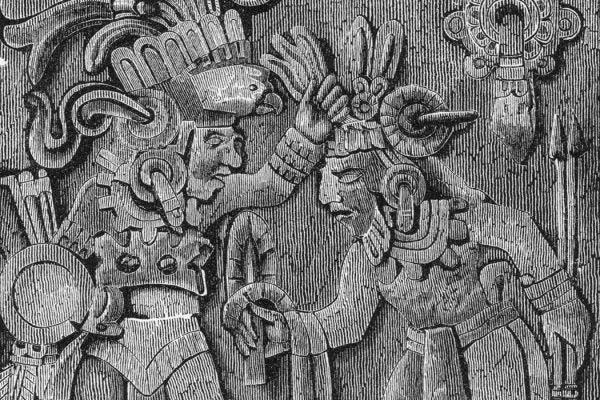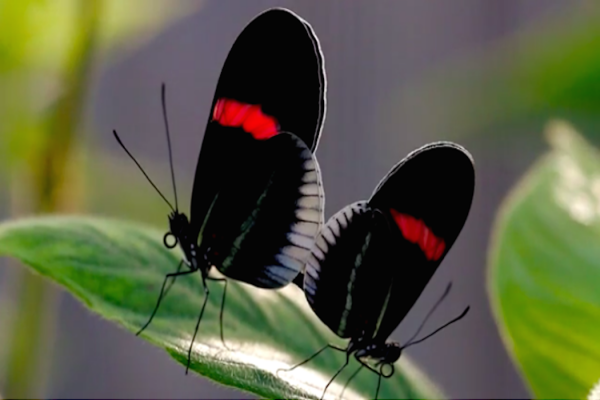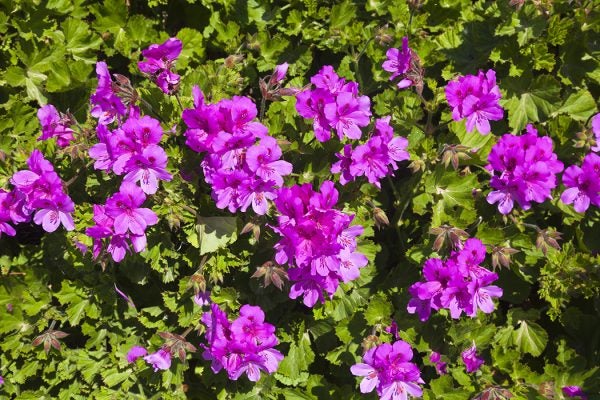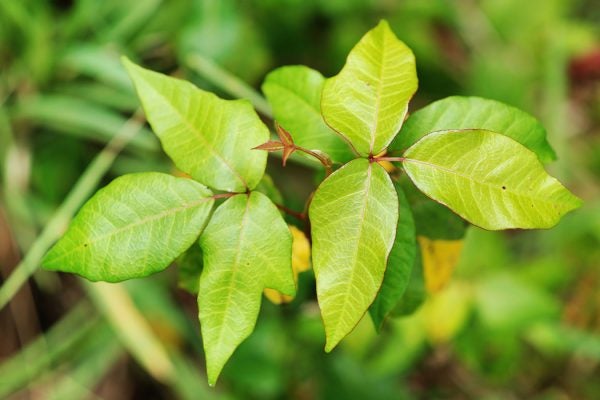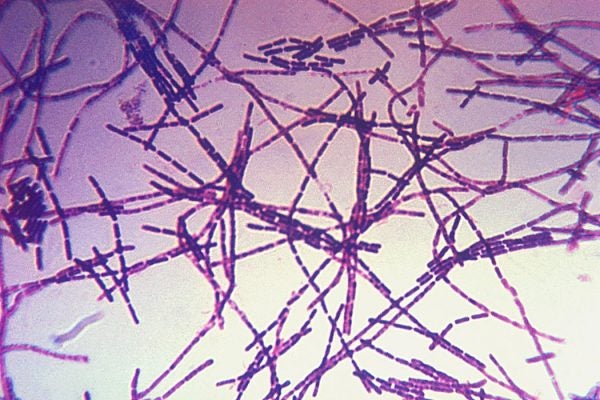Plant of the Month: Sarsaparilla
From an early modern treatment for syphilis to Saturday-morning cartoons, the meaning and significance of the plant has transformed through time and space.
With Climate Change, Poison Ivy May Get Itchier
Bad news for the estimated 80 percent of the human population that's allergic to the dreaded—and abundant—leaves of three.
Stingray Spines and the Maya
In Maya culture, rulers used stingray spines in bloodletting rituals. Researchers have ideas about why.
The Arsenic Cake of Madame Lafarge
The first trial to use forensic toxicology electrified France in 1840 with the tale of a bad marriage and poisoned innards.
Love, Sex, and Cyanide—The Private Life of a Toxic Butterfly
Heliconian butterflies choose mates with similar wing patterns. Their genes make them do it.
Why Victorian Gardeners Loathed Magenta
For decades, British and American gardeners avoided magenta flowers. The color had associations with the unnatural and the poisonous.
How Poison Ivy Works
Where poison ivy comes from, why it gives some people such terrible reactions, and why—unfortunately for hikers and gardeners—its future is bright.
California’s Plague of Poisonous Mushrooms
In the last couple of months, fourteen Californians have learned the hard way when they accidentally ate highly poisonous “Death Cap” mushrooms.
Venom’s Healing Touch
Venom kills thousands every year, but research is showing that venom can heal as well. Venom works in a way that most drugs can only dream of.
Anthrax: The Bacteria that Lays Diabolical Traps
Anthrax sets self-perpetuating booby traps in order to spread itself, researchers have found.

